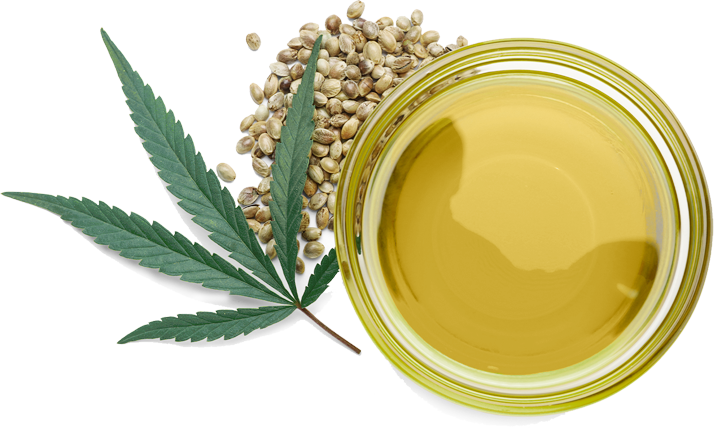the human being and
THE TERPENES BENEFITS
Terpenes, like cannabinoids, have several effects on the human being. They are responsible for the fragrances and aromas of the cannabis plant. They also have organoleptic properties and play a role on the effect of surrounding. Discover the terpenes benefits.
- Antiseptic Prevents the growth of disease-causing microorganisms
- Anti-inflamatory Reduces inflammation like redness, swelling and pain
- Antibacterial Kill or reduce the harmful effects of bacteria, especially when used on the skin


- Anxiolytic Reduces the anxiety caused by stress, diseases and sleep deprivation
- Antidepressant Used to treat depression, without the side effects of medicinal drugs
- Bronchodilator Relax bronchial muscle and help to treat breathing disorders
68%
sleep better
90%
feel less pain
75%
improves appetite
84%
feel happier
The origins
OF TERPENES
Terpenes are found in all types of vegetation. They are aromatic organic compounds. Originally, they allow plants to perform primary functions, such as protection against high temperatures or against insects and predators.
They also allow, thanks to the aromatization, to facilitate the pollination of the plants by attracting the insects pollinators.
Scientific research and
TERPENES BENEFITS
The advances of the scientific research on the cannabis allowed to discover a therapeutic use for the terpenes. Many studies have shown that terpenes, in addition to having an effect of their own, would also have an impact on the surrounding effect.
Indeed, with an equal dose of cannabinoids, the effects produced by the administration of pure cannabinoids are different from the effects produced by the administration of complete extracts of the plant, i.e. containing at the same time the cannabinoids but also the terpenes of cannabis. This is why cannabis derived terpenes mixed with distillates can improve the effects of it.
The medicinal properties of terpenes thus open up many possibilities for scientific research and patient welfare, given the complexity of terpene functions and the advantage of their natural origin (McPartland et al., 2014)

